1,2-EPOXYBUTANE

1,2-EPOXYBUTANE structure
|
Common Name | 1,2-EPOXYBUTANE | ||
|---|---|---|---|---|
| CAS Number | 106-88-7 | Molecular Weight | 72.10570 | |
| Density | 0.837 g/mL at 25 °C(lit.) | Boiling Point | 63 °C(lit.) | |
| Molecular Formula | C4H8O | Melting Point | -130ºC | |
| MSDS | Chinese USA | Flash Point | 10 °F | |
| Symbol |



GHS02, GHS07, GHS08 |
Signal Word | Danger | |
| Name | 1,2-Epoxybutane |
|---|---|
| Synonym | More Synonyms |
| Density | 0.837 g/mL at 25 °C(lit.) |
|---|---|
| Boiling Point | 63 °C(lit.) |
| Melting Point | -130ºC |
| Molecular Formula | C4H8O |
| Molecular Weight | 72.10570 |
| Flash Point | 10 °F |
| Exact Mass | 72.05750 |
| PSA | 12.53000 |
| LogP | 0.79520 |
| Vapour density | 2.2 (vs air) |
| Vapour Pressure | 184mmHg at 25°C |
| Index of Refraction | n20/D 1.384 |
CHEMICAL IDENTIFICATION
HEALTH HAZARD DATAACUTE TOXICITY DATA
MUTATION DATA
|
| Symbol |



GHS02, GHS07, GHS08 |
|---|---|
| Signal Word | Danger |
| Hazard Statements | H225-H302 + H312 + H332-H315-H319-H335-H351-H412 |
| Precautionary Statements | P210-P261-P273-P280-P305 + P351 + P338 |
| Personal Protective Equipment | Eyeshields;Faceshields;full-face respirator (US);Gloves;multi-purpose combination respirator cartridge (US) |
| Hazard Codes | F;Xn |
| Risk Phrases | R11;R20/21/22;R36/37/38;R40;R52/53 |
| Safety Phrases | S9-S16-S29-S36/37-S61 |
| RIDADR | UN 3022 3/PG 2 |
| WGK Germany | 2 |
| RTECS | EK3675000 |
| Packaging Group | II |
| Hazard Class | 3.1 |
| HS Code | 2910900090 |
| Precursor 9 | |
|---|---|
| DownStream 10 | |
| HS Code | 2910900090 |
|---|---|
| Summary | 2910900090. epoxides, epoxyalcohols, epoxyphenols and epoxyethers, with a three-membered ring, and their halogenated, sulphonated, nitrated or nitrosated derivatives. VAT:17.0%. Tax rebate rate:13.0%. . MFN tariff:5.5%. General tariff:30.0% |
|
Trichloroethylene and trichloroethanol-induced formic aciduria and renal injury in male F-344 rats following 12 weeks exposure.
Toxicology 323 , 70-7, (2014) Trichloroethylene (TCE) is widely used as a cleaning and decreasing agent and has been shown to cause liver tumours in rodents and a small incidence of renal tubule tumours in male rats. The basis for... |
|
|
Aqueous-phase aminolysis: approach for the analysis of epoxides in water.
Anal. Chem. 78(8) , 2608-2616, (2006) Trace concentrations of small soluble epoxides are suspected byproducts of drinking water ozonation. However, adequate characterization of epoxide formation is currently limited by the lack of suitabl... |
|
|
Comparative mutagenicity of structurally related aliphatic epoxides in a modified Salmonella/microsome assay.
Mutagenesis 8(5) , 387-93, (1993) Four structurally related aliphatic epoxides (1,2-epoxypropane, 1,2-epoxyisobutane, cis- and trans-2,3-epoxybutane) have been tested in the Salmonella/microsome assay, modified for volatile substances... |
| Ethylethylene Oxide |
| MFCD00005153 |
| EINECS 203-438-2 |
| 1,2-Butylene Oxide |
| Ethyloxirane |
| 1,2-EPOXYBUTANE |
 CAS#:106-98-9
CAS#:106-98-9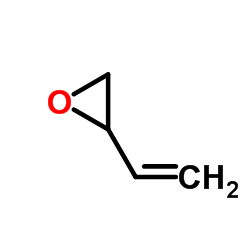 CAS#:930-22-3
CAS#:930-22-3 CAS#:1873-25-2
CAS#:1873-25-2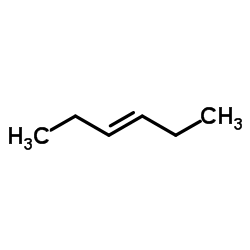 CAS#:592-41-6
CAS#:592-41-6 CAS#:24068-63-1
CAS#:24068-63-1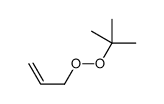 CAS#:39972-78-6
CAS#:39972-78-6 CAS#:106-99-0
CAS#:106-99-0 CAS#:2482-57-7
CAS#:2482-57-7 CAS#:106-97-8
CAS#:106-97-8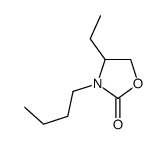 CAS#:105873-72-1
CAS#:105873-72-1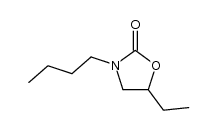 CAS#:105873-73-2
CAS#:105873-73-2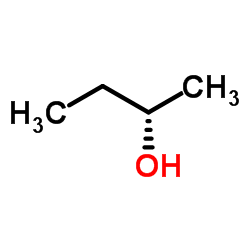 CAS#:4221-99-2
CAS#:4221-99-2 CAS#:71-36-3
CAS#:71-36-3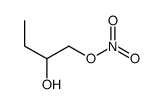 CAS#:147794-11-4
CAS#:147794-11-4 CAS#:14869-00-2
CAS#:14869-00-2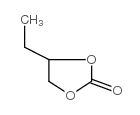 CAS#:4437-85-8
CAS#:4437-85-8 CAS#:5077-67-8
CAS#:5077-67-8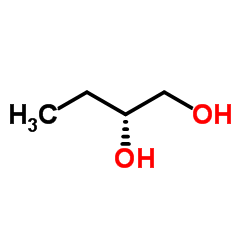 CAS#:40348-66-1
CAS#:40348-66-1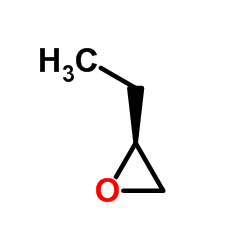 CAS#:30608-62-9
CAS#:30608-62-9